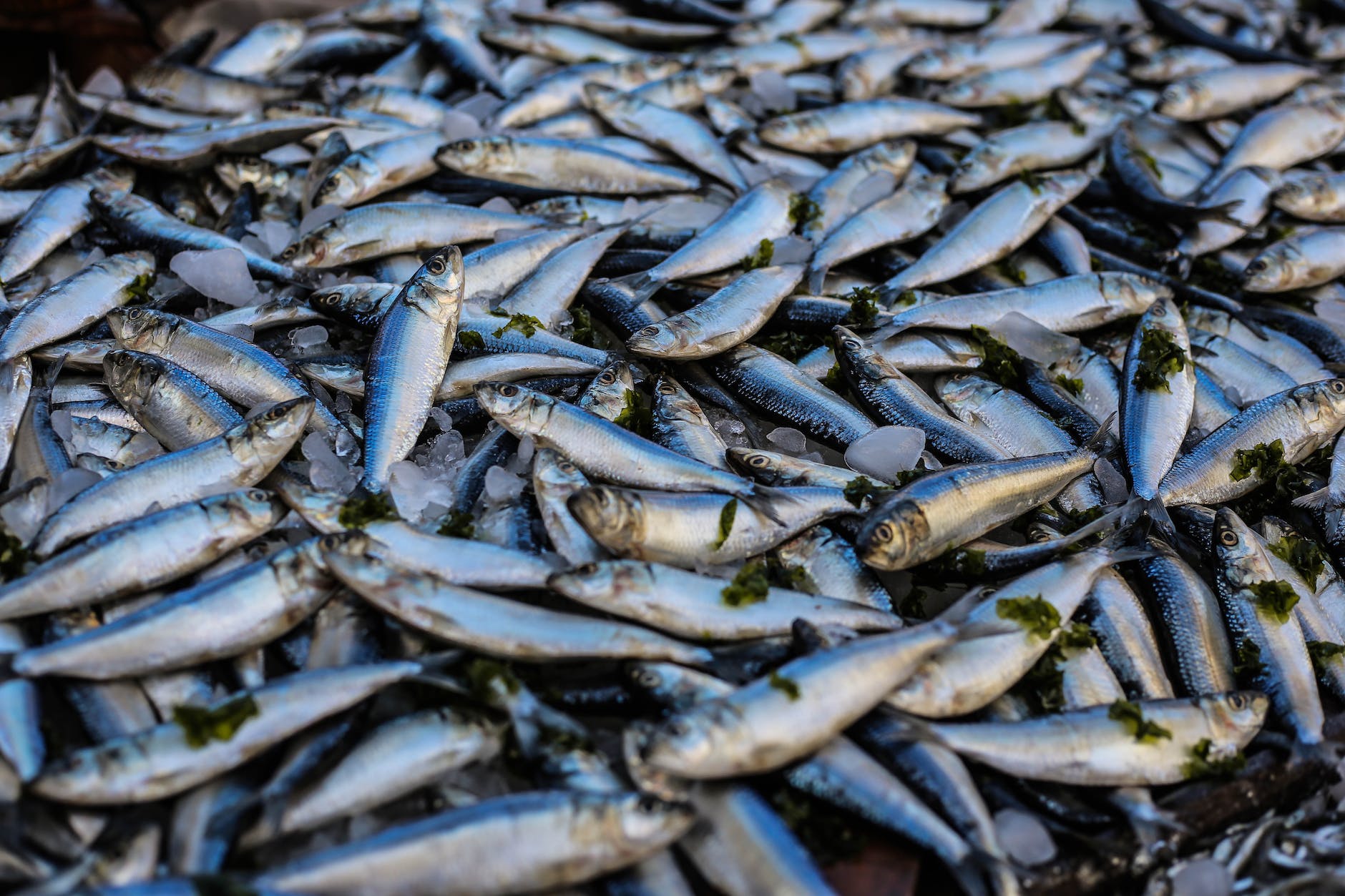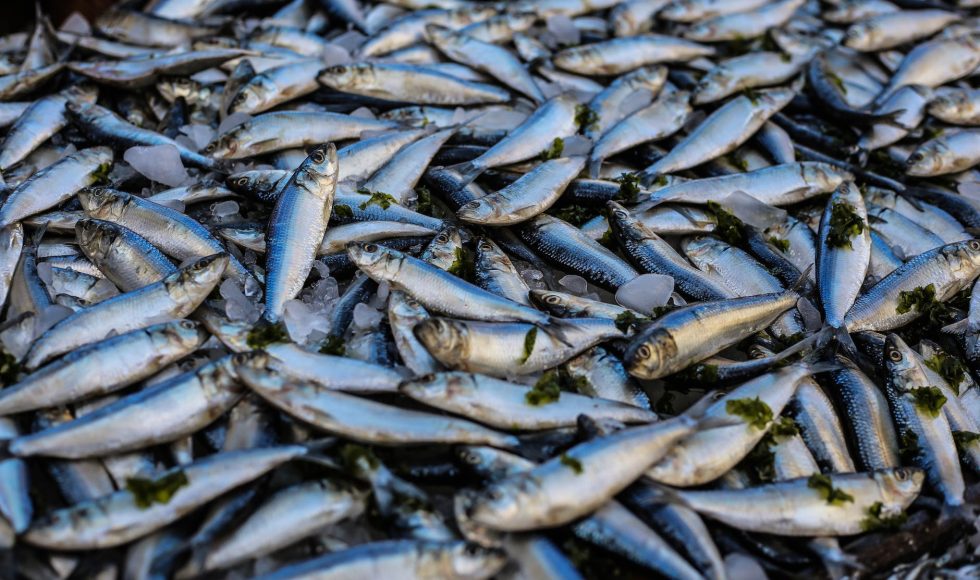“Affordable de novo generation of fish mitogenomes using amplification-free targeted enrichment and deep sequencing of long fragments” is the title of the London Calling 2022 session by Ana Ramon-Laca from NOAA Fisheries and the University of Washington that I watched tonight. They began by talking about eDNA surveys and metabarcoding tools to survey environments. Ramon-Laca noted that there are larger mitochondrial databases and myctophids are an abundant yet not well represented species in GenBank. Also, Ramon-Laca noted that gene rearrangements are frequent in these fishes. The goal of their study was to perform targeted sequencing and enrich for mitochondrial DNA using and amplification-free method. A strategy is to perform selective digestion with an exonuclease. Ramon-Laca used a targeted system using CRISPR Cas9. The second approach they used was mitoenrichment by organelle isolation and nuclear DNA depletion using exonuclease V to digest nuclear DNA. They used an Mk1C and MIN106 and and Flongle FL001. They used the rapid sequencing kit and ligation sequencing kits. They used Guppy5sup on GoogleColab! They also used Flye v2.7 for assembly along with minimap2 (two iterations) and MitoFish for annotations. Ramon-Laca compared mitoenrichment and the targeted-mitosequencing approaches. The the sample type also influenced the contigs. I was struck by their pore activity plots and the repeating pattern: they reload libraries and it seems to be working. Also, the Flongle runs were quick yet produced enough information for mitochondrial assemblies. Their results helped identify variable regions of mtDNA from several fishes of interest. Ramon-Laca noted that they performed these experiments in a home lab during the pandemic and this suggests they can repeat these processes on a research ship.



